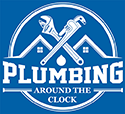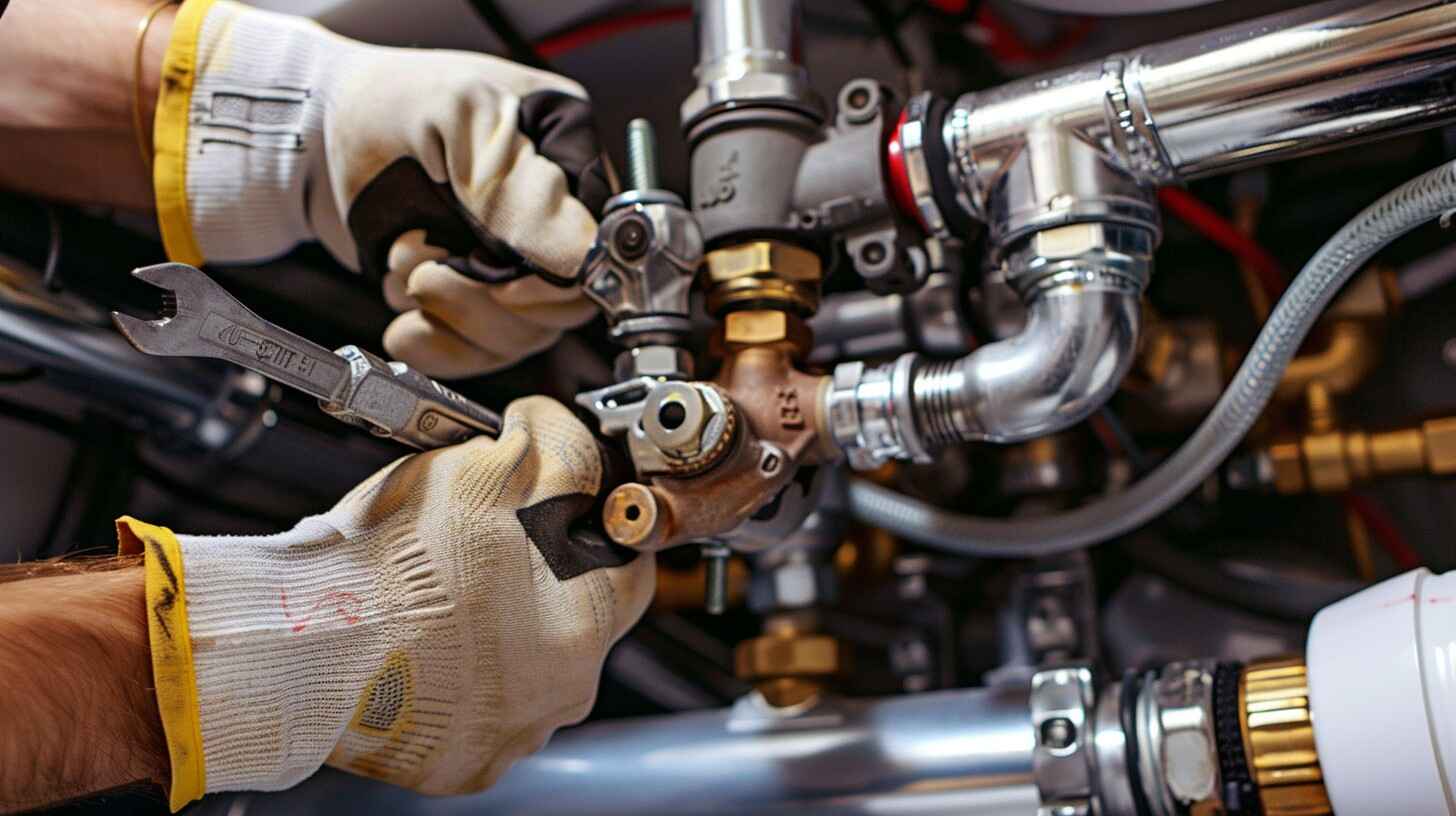
A plumbing coupling in plumbing securely connects and joins pipes without welding, allowing for extensions or repairs in piping systems. Couplings come in various materials like PVC, copper, brass, or stainless steel and utilize rubber gaskets or O-rings for leak-proof connections. Different types, such as compression, slip, and flexible couplings, cater to specific plumbing needs. Couplings are essential in maintaining the integrity and efficiency of pipe connections, accommodating movement and vibrations within the system. To guarantee proper installation and upkeep, pipes must be cleaned, undamaged, and regularly get inspected by a professional plumber for wear or leaks.
Plumbing couplings are essential components in connecting and joining various plumbing pipes together securely and efficiently. They are typically used in situations where pipes need to be extended or repaired without the need for complex welding or threading. These fittings come in various materials, such as PVC, copper, brass, or stainless steel, accommodating different plumbing system requirements.
The primary function of a plumbing coupling is to create a leak-proof connection between two pipes. This is achieved by combining the coupling’s design and using appropriate sealing materials like rubber gaskets, O-rings, or compression rings. Couplings are available in different types, including compression, slip, and flexible couplings, each suited for specific applications.
Various couplings are commonly used in plumbing systems to facilitate the secure linking of pipes. One of the most fundamental types is the compression joint, which involves a sleeve and nut that compress the pipe together for a leak-proof union. Another popular type is the slip joint, where pipes can be joined without threading, allowing easier installation and repairs. For connecting pipes of different materials, a transitional joint is utilized, ensuring a reliable and durable connection. Flexible joints, made of rubber or thermoplastic, are ideal for situations where slight misalignments may occur. Push-fit joints are famous for their ease of use, requiring no special tools for installation.
Moreover, mechanical joints provide a robust and rigid connection, often used in underground or industrial applications. Each type of joint serves a specific purpose in plumbing systems, meeting different needs for secure and efficient pipe connections.
Couplings are crucial in ensuring the integrity and efficiency of pipe connections within plumbing systems. These essential components provide a means to connect pipes of the same or different sizes, materials, or types, creating a continuous pipeline. By securely joining pipes, couplings help maintain water flow, gases, or other substances without leaks or disruptions.
One critical aspect of couplings in plumbing is their ability to accommodate movement and vibrations within the piping system. As buildings settle or experience environmental changes, pipes may shift slightly. Couplings allow for this movement, preventing stress on the pipes and potential damage to the overall plumbing network.
Moreover, couplings facilitate more straightforward repairs and modifications to the plumbing system. When a section of pipe needs replacement or adjustment, couplings provide a convenient way to disconnect and reconnect the pipes without requiring extensive cutting or welding. This saves time and reduces costs associated with repairs and maintenance in plumbing systems.
How can proper installation and regular maintenance safeguard the longevity and efficiency of pipe couplings in a plumbing system? Correct installation is essential for the functionality of pipe couplings. Ensure the pipes are clean, cut squarely, and free from any damage before installing the couplings. Use the appropriate tools and techniques to securely fasten the couplings onto the pipes to prevent leaks and guarantee a secure connection. Regular maintenance is equally vital to upholding the performance of pipe couplings. Inspect the couplings periodically for wear, corrosion, or leaks. Replace any damaged or deteriorating couplings promptly to prevent potential water damage and maintain the integrity of the plumbing system.
Moreover, applying lubricants to the couplings can help prevent rust and make disassembly easier during maintenance checks. By adhering to proper installation practices and conducting routine maintenance, the longevity and efficiency of pipe couplings in a plumbing system can be maintained, ensuring a dependable and leak-free plumbing infrastructure.
Other Plumbing Tips:
| M | T | W | T | F | S | S |
|---|---|---|---|---|---|---|
| 1 | ||||||
| 2 | 3 | 4 | 5 | 6 | 7 | 8 |
| 9 | 10 | 11 | 12 | 13 | 14 | 15 |
| 16 | 17 | 18 | 19 | 20 | 21 | 22 |
| 23 | 24 | 25 | 26 | 27 | 28 | 29 |
| 30 | ||||||

